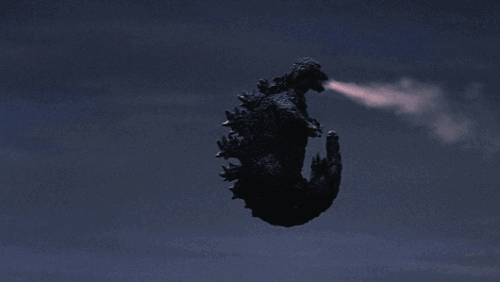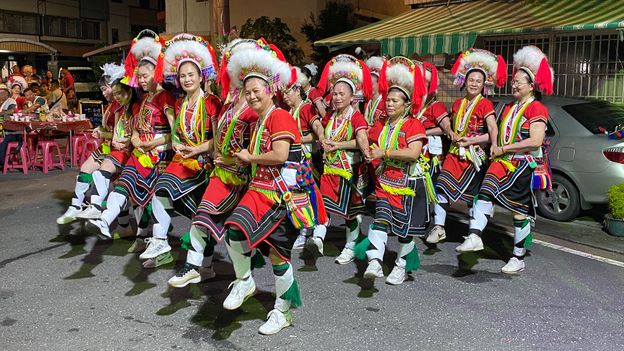Once the island’s only inhabitants, Indigenous Taiwanese now make up just 2.38% of Taiwan’s population – and their vibrant festivals play a crucial part in preserving their culture.
I was at the Posko tribe’s harvest festival celebration (“Ilisin” in Pangcah, the local language), which takes place every August in the town of Yuli in Taiwan’s Hualien Province. The Posko are one of the many tribes of the Amis people, or Pangcah, as they like to be known – meaning “people” or “kinsmen”. The Amis/Pangcah are the largest of Taiwan’s Indigenous groups and mostly live in the counties east of Taiwan’s central mountains: Hualien and Taitung and the Hengchun Peninsula.
Taiwan’s Indigenous people – as opposed to the majority Chinese Han population – belong to the Austronesian group of peoples. Though they originated in Taiwan, many migrated to South East Asia, Micronesia and Polynesia from 1500 to 1000 BCE as a result of population growth. The Austronesians were great seafarers and developed sailing and navigation technologies that allowed them to travel long distances – Austronesian-speaking people today are the world’s fifth-biggest language group with an estimated 400 million people.
It is thought that Indigenous peoples (formerly known as Taiwanese aborigines) have inhabited Taiwan for more than 6,000 years; in fact, before 1620, there were only Indigenous peoples on the island. However, a succession of colonial powers invaded and ruled over the following four centuries: the Dutch and Spanish (1624-1668), the mainland Chinese Qing Dynasty (1683-1895), the Japanese (1895-1945) and finally The Republic of China (1945-1987).
Today, however, Indigenous Taiwanese make up just 2.38% of the island’s 23 million people. Of these, the Amis/Pangcah number roughly 200,000 and comprise 37.1% of the Indigenous population.




I wonder what happened between 1668 and 1685??? Anglo media always omitting details.
That was when the island was under the rule of ming loyalists who where against the qing. It was a bit of a pirate kingdom